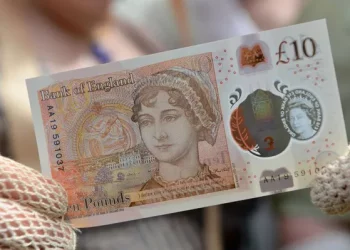On Monday, the Indian Rupee (INR) experienced a decline against the US Dollar (USD) amidst the latter’s modest resurgence. However, the downward trajectory of the INR is anticipated to be curbed by positive economic indicators within the Indian economy and continuous foreign investments in government bonds. Notably, foreign portfolio investors have augmented their holdings of Indian government bonds by approximately 50% since news of their inclusion in the index less than six months ago. Despite these mitigating factors, the INR remains susceptible to various challenges including a risk-averse market sentiment, elevated crude oil prices, and higher US Treasury bond yields, which could bolster the USD/INR pair.
Market participants are eagerly awaiting the Federal Reserve’s interest rate decision on Wednesday, widely expected to maintain rates at their March meeting. Attention will also be on Fed Chairman Jerome Powell’s remarks during the ensuing press conference, as they may provide insights into the future trajectory of US interest rates. Additionally, Thursday will see the release of India’s S&P Global Manufacturing and Services Purchasing Managers’ Index (PMI), offering further indications of the economic landscape.
In terms of recent market movements, the Indian merchandise trade deficit expanded to $18.7 billion in February, driven by a significant surge in gold imports amidst geopolitical tensions. Goods imports rose to $60.11 billion in February, while exports amounted to $41.40 billion. Meanwhile, the University of Michigan Consumer Sentiment Index softened to 76.5 in March, with inflation expectations remaining unchanged.
Technically, the Indian Rupee remains confined within a broader range between 82.60 and 83.15 against the US Dollar. USD/INR continues to navigate within a descending trend channel established since December 8, 2023. The bearish outlook persists in the near term, supported by the pair’s position below the key 100-day Exponential Moving Average (EMA) on the daily timeframe. The 14-day Relative Strength Index (RSI) reinforces this sentiment, indicating downward momentum and a prevailing advantage for sellers.
Looking ahead, the lower limit of the descending trend channel at 82.60 presents a potential support level for USD/INR, followed by subsequent levels at 82.45 and 82.25. Conversely, resistance is anticipated near the 100-day EMA and psychological barrier at 83.00, with further hurdles at 83.15 and 83.35. Vigilance towards economic indicators and external factors remains crucial for gauging the future trajectory of the USD/INR pair.




























